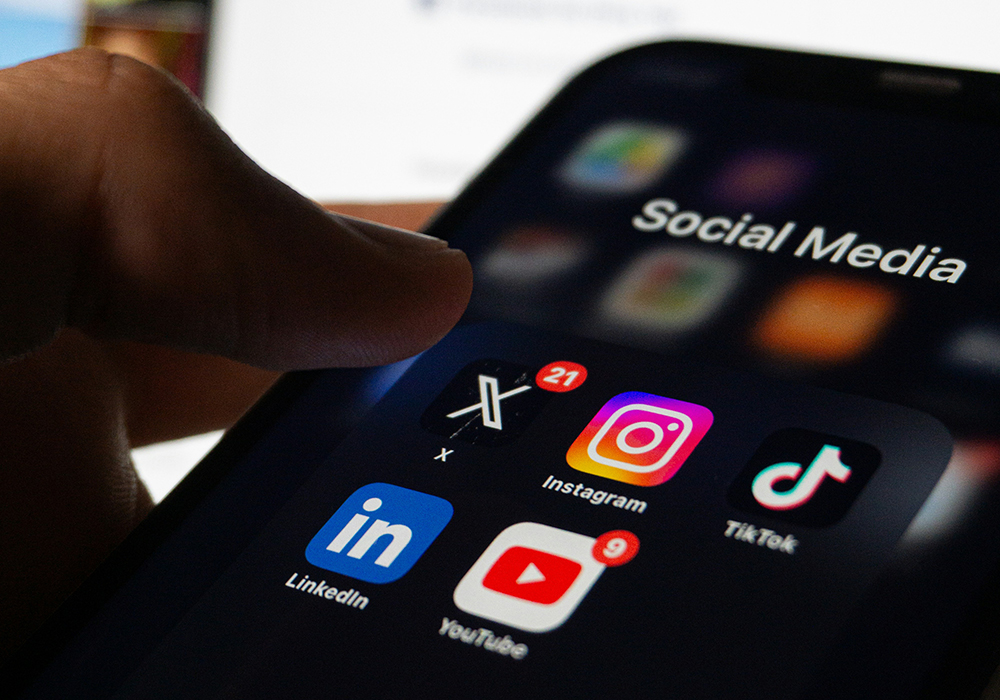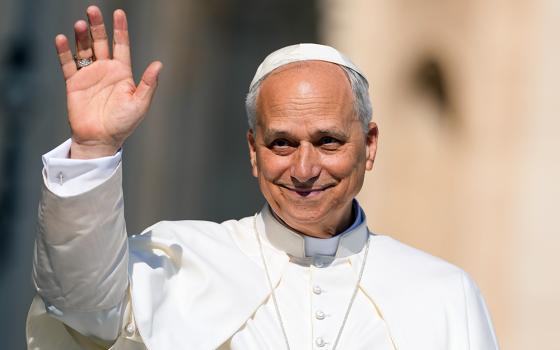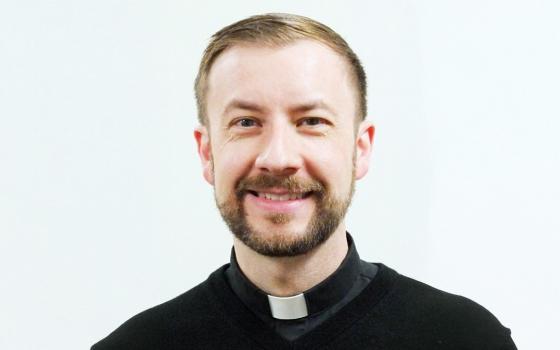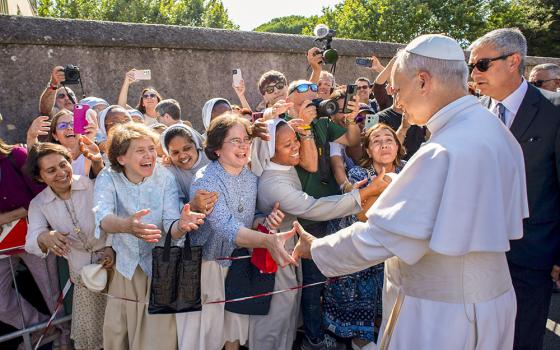
(Unsplash/Berke Citak)
Is social media evil?
It is a nice question. Those of us Catholics who take seriously the call to become missionary disciples need to pose it and at least confront the ways social media frustrates efforts to spread the Gospel and build a Catholic community.
Let us look at three specific problems with social media, all of which are related.
First, social media defeats the kind exchange of ideas that democracy requires because it makes silos of the like-minded only a click away. When Elon Musk bought Twitter (now X), one of the most employed social media sites, many people on the left flocked to a different site named "Bluesky." If it had been named "Magenta Sky" I would have joined the exodus from Twitter. But it wasn't. Whatever else Bluesky has achieved, it has reinforced the unhelpful tendency of social media to aggregate people into groups of users who think alike, contributing to the problem of siloed conversations.
In this regard, it is anti-democratic and illiberal.
Catholicism has found ways to flourish under nondemocratic regimes, but starting with the magisterial teachings of Pope Pius XII and, especially, the teachings of the Second Vatican Council, the Catholic Church has offered an appreciation for democracy's insistence on human dignity. What is more, the church itself needs constant conversations across ideological and other societal barriers if it is to be more fully Catholic.
One of the finest points Jesuit Fr. Mark Massa made in his excellent book Catholic Fundamentalism in America, which I recently reviewed here and here, was that in our time, a certain kind of Catholic fundamentalist is sectarian, missing the most characteristic aspect of our traditional ecclesiology.
Massa writes: "Mother Angelica and her soldiers at EWTN seem to have missed the central ecclesiological component of Catholic identity: communio ... the belief that the faithful were 'in communion' – with the Bishop of Rome, with their own bishop (the only authorized teacher in a Catholic diocese) and with each other." Silos are comfortable lodgings for sectarians. They are anathema to real traditional Catholicism. At Bluesky, it is not "here comes everybody." It is "here comes people who think like me."
Advertisement
These sectarian silos draw the life out of the Church and they are not limited to social media. In a brilliant takedown of MSNBC at The Washington Post, Eric Wemple rightly characterized the network as providing "Vast expanses of predictable programming in which people passionately agree with one another." But this is what happens in social media too. Posters want to get "likes" more than they want to make an argument or, still more, challenge conventional wisdom. This feeds persistent polarization.
The second real problem with social media is the way it dumbs down discourse by focusing on style at the expense of substance. Photos and videos work well on social media, but they do not lend themselves usually to pondering deep thoughts. Social media influencers use images and attacks to promote themselves, to acquire "likes," and thus using social media is almost inevitably an exercise in marketing.
In an excellent essay published at Focolare Media, Timothy O'Malley of the University of Notre Dame's McGrath Center, writes: "The danger of this influencer culture is that the Gospel becomes yet another product in a crowded marketplace where attention span is at a premium." He adds: "Rather than invite persons into those practices that lead to holiness such as daily prayer and friendship with the poor, apostolates are pushed into launching the newest thing for the sake of keeping eyeballs glued to the screen, ears listening to the podcast, or subscriptions growing to prove ROI (return on investment). The Gospel must become ever new and newer. Marketing campaigns demand it."
Mainstream media, including NCR, gets caught up in these dynamics. During the conclave, NCR's video about the papal tailor got 2 million views on Instagram, and 130,000 likes, according to my colleague, John Grosso, our digital editor. The video and the accompanying story were great and deserved the attention. By contrast, 506,000 people viewed Christopher White's profile of then-Cardinal Robert Prevost published before the conclave. In the scheme of things, are papal fabrics more important than who is the pope?
The third problem with social media is that it democratizes arguments but never curates them. As Boston College Professor Cathleen Kaveny likes to say: "Anyone with an internet connection, a copy of the Catechism and a truculent attitude can imagine themselves a theologian on the internet." There are distinctive ways Catholics do theology, different from the way a fundamentalist does theology. Working within an authoritative tradition means you need to actually know the tradition in order to question it, and that requires study.
I am not sure social media is evil per se but the dynamics that drive it simultaneously weaken the habits of mind that make democracy and evangelization possible.
On the internet, if you lack expertise, you can still become a star usually by being outrageous or extreme. (This phenomenon happens outside social media too, but social media makes it more pervasive.) There are a host of studies about self-radicalization and the internet, especially during the Covid pandemic. Many of us witnessed this even in the small circle of Catholic commentary and it was painful to see, especially because it was almost always young people who were leading themselves astray. Extremism gets more hits than careful reasoning and places the now self-radicalized person in a group of similarly situated persons.
So, I am not sure social media is evil per se but the dynamics that drive it simultaneously weaken the habits of mind that make democracy and evangelization possible. It dumbs discourse down. And it seems incapable of building up the communio that is the heart of Catholic life and, just so, its usefulness for evangelization is limited, arguably counterproductive. Like the signs along the highway that tell which restaurants or gas stations are at the next exit, social media is best used to point people to something outside of itself. Beyond that, caveat emptor.





